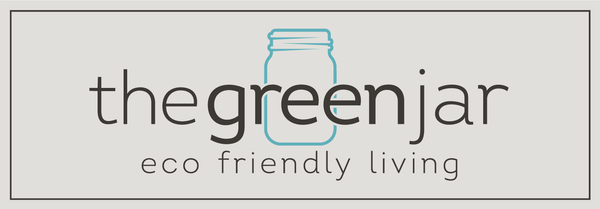
What’s the Deal with SLS in Soap?
by The Green Jar™️
If you’ve ever flipped over a soap or shampoo bottle and spotted “Sodium Lauryl Sulfate” (or SLS), you might’ve wondered: What is this stuff, and is it safe for my skin? You’re not alone—and we’re here to help clear things up.
So, What Is SLS?
Sodium Lauryl Sulfate (SLS) is a foaming agent—it’s what makes your soap lather up and helps lift away dirt and oil. You’ll find it in many everyday products like soaps, shampoos, and even toothpaste.
But not all SLS is created equal. It can come from plant-based sources (like coconut or palm oil) or be synthetically made from petroleum. That difference matters when it comes to both skin sensitivity and environmental impact.
Plant-Based vs. Synthetic SLS
- Plant-Based SLS: Made from renewable resources like coconut oil, this version is often gentler on the skin and more eco-friendly.
- Synthetic SLS: Made from petrochemicals, this version may contain impurities and is more likely to cause irritation—especially for sensitive skin.
 What About Safety?
What About Safety?
In small amounts (like the 1–5% typically found in soaps), SLS is generally considered safe for most people. But if you have sensitive skin, or use products with higher concentrations, it can cause dryness or irritation.
There’s also concern about a by-product called 1,4-dioxane, which can form during the manufacturing of synthetic SLS. This compound is a potential carcinogen—but the good news is, plant-based SLS is far less likely to contain it, especially when processed carefully.
How Much Is Too Much?
Products with more than 10% SLS can increase the risk of irritation. That’s why it’s important to choose products that are transparent about their ingredients and use low, safe concentrations—especially if you’re using them daily.
Why We Use Plant-Based SLS (and Keep It Minimal)
Our soaps contain only 1–5% plant-based SLS, just enough to give you a satisfying clean without the harsh side effects. They’re free from 1,4-dioxane and other synthetic chemicals, so you can feel good about what you’re putting on your skin—and down the drain.
The Bottom Line
SLS isn’t inherently bad—but where it comes from and how much is used makes a big difference. If you’re looking for a safer, more natural option, go for products with plant-based SLS in low concentrations. Your skin (and the planet) will thank you.
